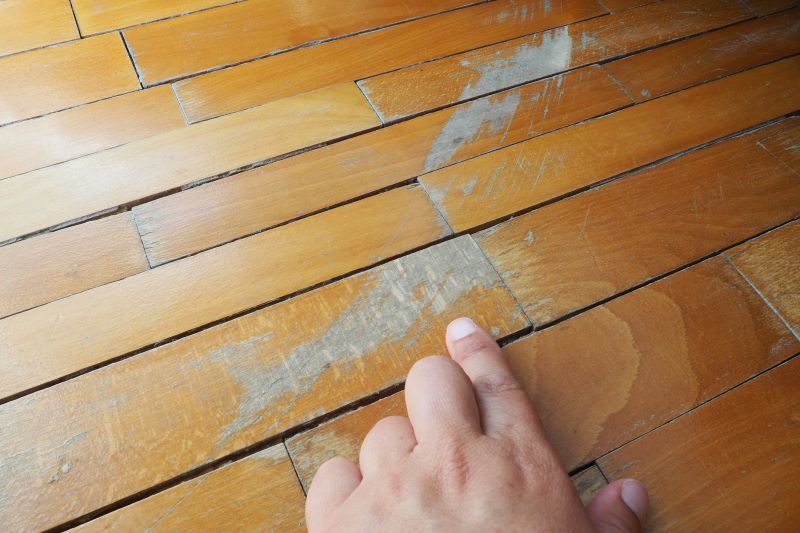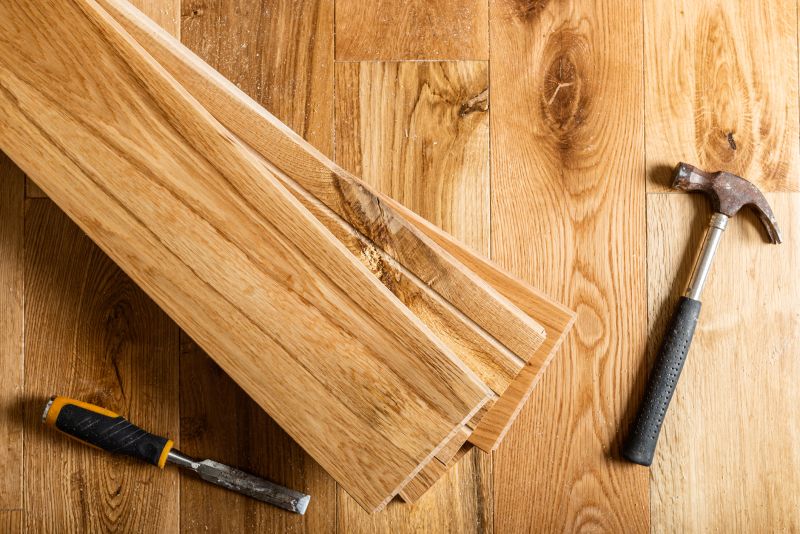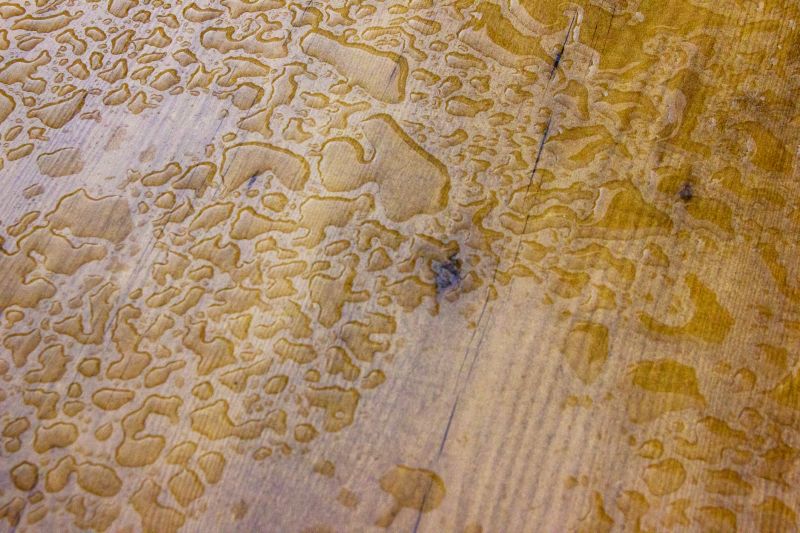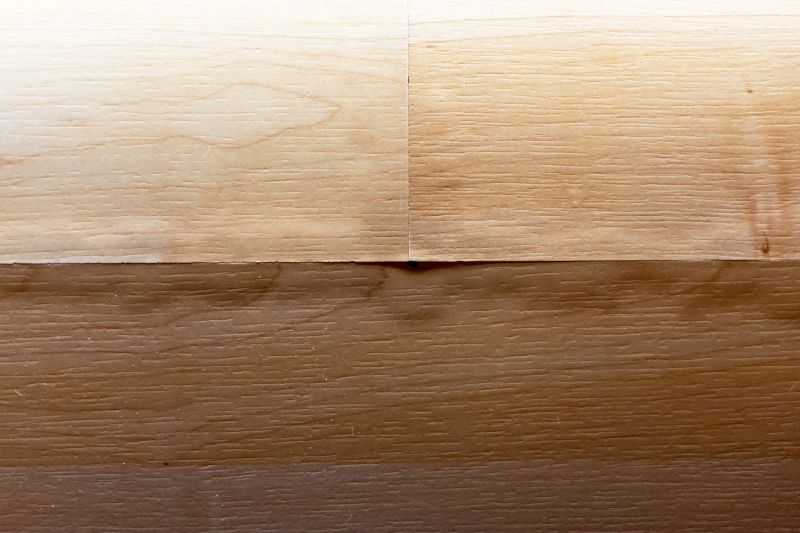Bamboo Floor Repair Costs Explained
Understanding the factors influencing the cost of bamboo floor repairs is essential for planning and budgeting. This page provides detailed insights into the various elements that affect repair expenses, along with visual representations and comparative service costs.

The severity of damage impacts repair complexity and cost, from minor scratches to major structural issues.

Different repairs, such as sanding, replacing planks, or refinishing, vary in cost depending on scope.

Labor rates and material quality influence overall expenses, with higher-quality materials typically costing more.
| Factor | Impact on Cost |
|---|---|
| Extent of Damage | Minor scratches to extensive structural repairs |
| Type of Repair | Refinishing, plank replacement, patching |
| Floor Size | Larger areas require more materials and labor |
| Floor Age | Older floors may need more extensive work |
| Location | Cost varies by geographic region |
| Material Quality | Premium bamboo increases repair costs |
| Accessibility | Hard-to-reach areas may add to labor time |
The cost of bamboo floor repairs can vary significantly based on the extent of damage and the type of repair required. Minor issues such as surface scratches or small dents may be addressed with simple refinishing, which tends to be more affordable. Conversely, extensive damage involving structural components or multiple planks will increase both labor and material expenses. The size of the affected area also plays a crucial role; larger sections necessitate more resources, thereby elevating costs. Geographic location and the availability of skilled labor further influence pricing, with urban areas typically incurring higher charges. Additionally, the quality of bamboo material impacts repair costs, as premium-grade bamboo may require specialized techniques or materials to match existing flooring.
Inside bamboo floor repairs, specific issues such as water damage, deep gouges, or warped planks tend to be more costly due to the complexity involved. Water damage may require extensive drying, replacement of affected planks, and refinishing to restore appearance. Deep gouges often need filler and sanding, while warped planks might require removal and replacement. The cost for these specific repairs depends on the extent of damage and the labor involved, with detailed assessments necessary for accurate estimates. Proper maintenance and prompt attention to issues can help mitigate higher repair costs over time.

Addressing water damage involves drying, replacing affected planks, and refinishing, which can be costly depending on the severity.

Filling and sanding deep gouges require precision and may involve replacing damaged sections for seamless repair.

Removing and replacing warped planks can be labor-intensive, influencing overall repair costs.
| Service | Average Cost Range |
|---|---|
| Bamboo Floor Refinishing | $1 to $3 per square foot |
| Minor Scratch Repair | $100 to $300 |
| Deep Gouge Fix | $200 to $600 |
| Water Damage Restoration | $300 to $1,000 |
| Plank Replacement | $150 to $400 per plank |
| Complete Floor Sanding | $2 to $4 per square foot |
| Stain and Seal | $1 to $2 per square foot |
| Edge Repair | $100 to $250 |
| Patch Repair | $150 to $350 |
| Seam Re-gluing | $50 to $150 |
